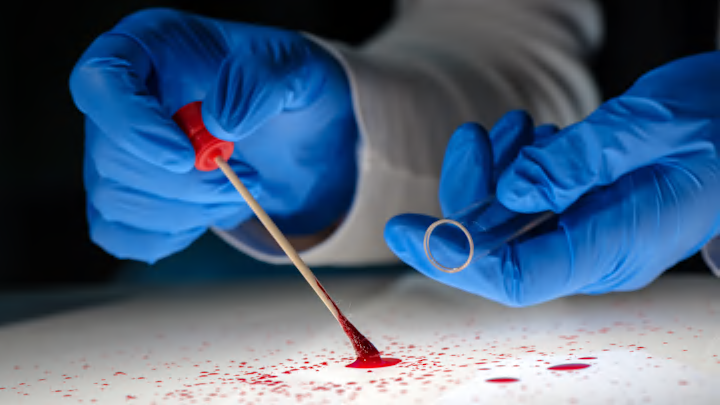In the 1980s, Colin Pitchfork became the first murderer convicted based on DNA profiling—a technique that would help usher in a new era of forensic science. These days, when you hear that detectives have linked DNA evidence found at a crime scene to a promising suspect, you might assume it’s pretty much game over.
But DNA isn’t a foolproof way to catch a criminal. On this episode of Misconceptions, Mental Floss host Justin Dodd is exploring how DNA can sometimes lead investigators astray, as well as debunking other erroneous notions you may have about forensic science.
Like other scientific fields, forensics involves quite a bit of hypothesis, theory, and trial and error. And not everyone agrees on which data points are trustworthy. Bite mark analysis, for example, is a much more polarizing study than you might have thought.
And if you think our cultural obsession with crime shows has bolstered some of these misconceptions, you’re right. Press play below to learn more.
For future videos from Mental Floss, be sure to subscribe to our YouTube channel.
